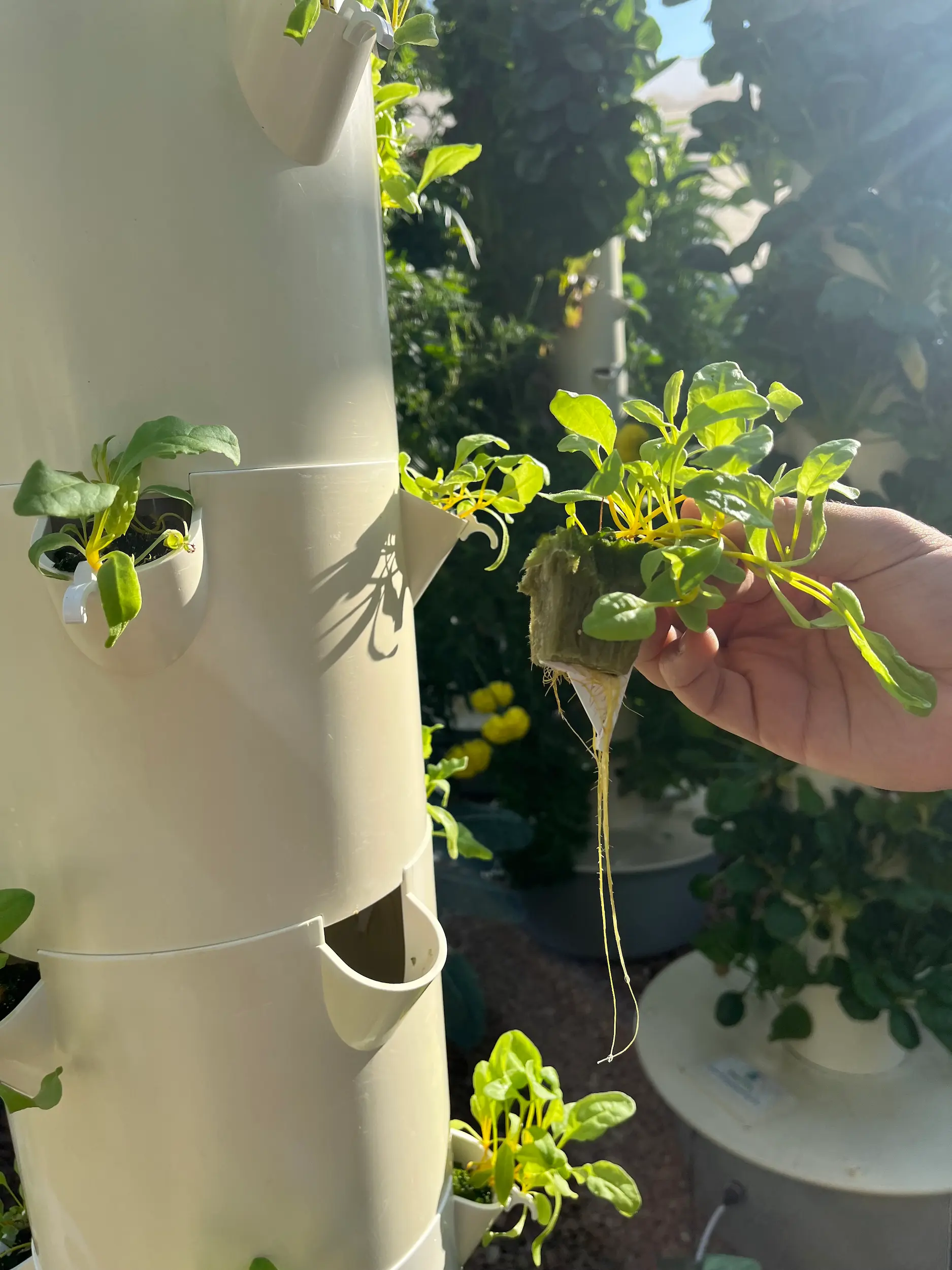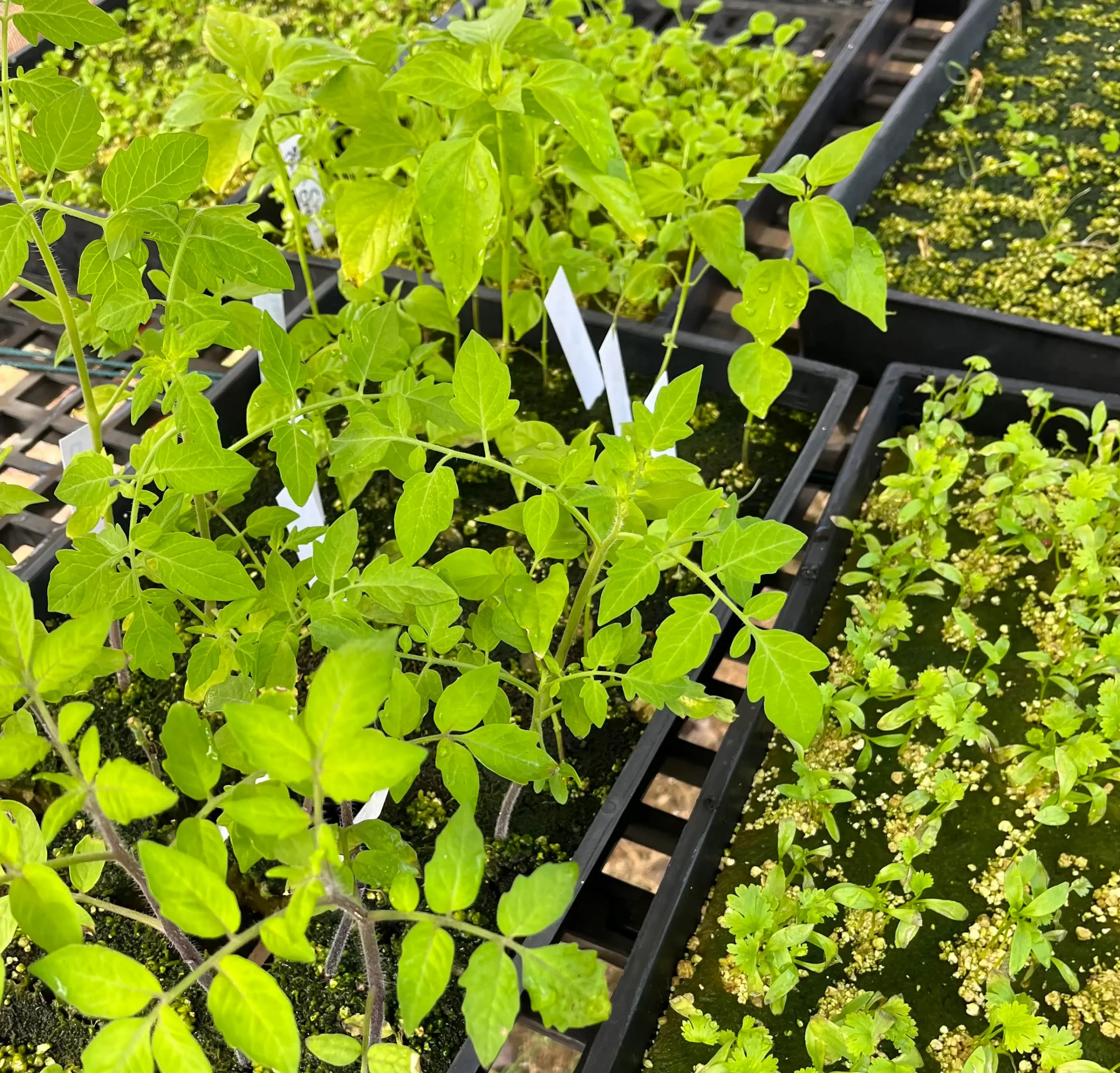Agriculture has been a fundamental part of human civilization for thousands of years. Over time, technology has transformed the agricultural industry, from the invention of the plow to the development of genetically modified crops. Today, technology is once again revolutionizing agriculture, enabling farmers to increase efficiency, reduce waste, and produce more food.
One of the most significant ways technology is changing agriculture is through precision agriculture. Precision agriculture involves using technology such as GPS, sensors, and drones to gather data on crops and soil. This data can be used to optimize the use of fertilizers, water, and other resources, reducing waste and increasing yields. For example, by using sensors to monitor soil moisture levels, farmers can avoid overwatering their crops, which can lead to water waste and lower yields. Additionally, precision agriculture enables farmers to identify problem areas in their fields, such as areas with poor soil quality or a higher risk of disease, allowing them to take action before the problem spreads.
Another way technology is changing agriculture is through the development of new plant varieties. Genetic engineering has allowed scientists to create crops with desirable traits, such as resistance to pests and disease, or increased yield. This technology has the potential to help farmers produce more food with fewer resources, reducing the environmental impact of agriculture.
In addition to these advances, technology is also changing the way farmers manage their farms. For example, mobile apps and other software tools are available to help farmers manage their crops, track their expenses, and monitor weather patterns. This technology allows farmers to make informed decisions about their operations, increasing efficiency and reducing waste.
One area of technology that has received a lot of attention in recent years is vertical farming. Vertical farming involves growing crops in vertically stacked layers, using artificial lighting and climate control to create optimal growing conditions. This technology allows farmers to grow crops in urban areas, reducing the need for transportation and the environmental impact of farming.
Finally, technology is also changing the way food is processed and distributed. Advances in automation have enabled food processing plants to increase efficiency and reduce waste. In addition, new distribution methods, such as direct-to-consumer delivery and online grocery shopping, are changing the way people buy and consume food.
Technology is transforming agriculture in a variety of ways, from precision agriculture to genetic engineering and vertical farming. These advances have the potential to increase efficiency, reduce waste, and produce more food with fewer resources. As the global population continues to grow, technology will play an increasingly important role in ensuring that we have a sustainable and secure food supply.


